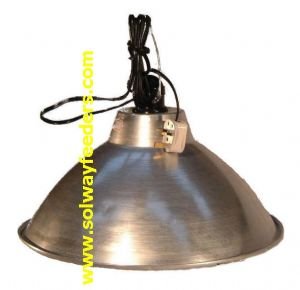I had to replace a leaking pipe in the attic recently...
Ruh-roh, sounds like a scary story there.
I think Nords has done this; maybe he'll be along after the morning surf. Maybe CFB too?
Let me summarize the most important things to remember about this project:
[-]..."why not spend some quality time sweating like crazy in the attic?"[/-]
... because the insulating job will most likely cure me of wanting to go up in the attic for at least a decade.
Keep in mind that I used to get paid extra to lie on my back sweating profusely in dark, tight, hot spaces-- we used to call it "officer berthing".
It involves settling your heels on one rafter, your butt cheeks on another, your scapulae on a third, and then pounding the foil overhead about 6" away from your nose (or reaching way back behind your head) with a hammer tacker while hoping you don't wake up the carpenter ants. Don't get stuff in your eyes. Oh, and try not to fall through the drywall. Try not to let your puddles of sweat eat through it, either.
If you do a good job, then the attic temps will drop from 130 degrees to the high 80s. (Yes, I brought a thermometer.) It's a very cheap (yet very arduous) way to reduce your home's heat load. You may wish to install an attic floor or "the ultimate attic storage" rafter system before you do this at your house. I am not aware of anyone who seeks paid employment at these tasks.
Do not install radiant foil in climates with winter snow. The foil will make it easier for the roof to melt the snow, which will freeze the gutters and form ice dams. Some homes have anti-ice-dam roofs but you may not wish to test this feature.
Dust may be an overblown (heh!) issue because we're almost at five years with the same temps. We've also put the radiant foil in a storage shed, most of our south-facing walls, and our west-facing (wood) garage door. This weekend we're finishing up the last of the walls.
Radiant barrier is third on my list. I have ridge venting, of the older, mesh type, which seems to be "clogged". Case in point, on a day when the outdoor temperature was in the 60s, my attic was 130, from the direct sun. So I tried a "smoke test", holding a lit cigarette next to a soffit vent. The smoke just blew away. With such an extreme temperature gradient, you'd think there'd be some pretty good suckage. So, without better ventilation, the radiant barrier wouldn't really accomplish anything, except maybe frying my shingles and roof decking.
Anyway, (1) is replace ridge venting with a more open design, (2) is blow in more insulation, then, (3) radiant barrier.
Some homes just need to have the bird holes and exhaust grids cleaned out or rescreened; ambient breezes may take care of the rest. Of course it's a lot easier to do this work during a roof replacment, especially if the sheathing comes off.
We highly recommend 800+cfm solar-powered attic exhaust fans. They're totally silent but they make a big temperature difference. We even put one above a stairwell next to a cathedral ceiling-- cut a hole in the ceiling, ducted it through the attic to the roof, and put the fan on the roof. As soon as the roof hole was cut you could feel the heat whooshing out of the stairwell, which temps dropped from nearly 100 degrees to 80.
In my rather non-scientific way of thinking, the barrier would ideally be on the outside, on the roof decking.
Does anyone have experience with metal roofing? I've been thinking that, when hail finally gets around to destroying my shingles, it might be a good, albeit expensive, replacement for shingles. Watching too much This Old House maybe...
Fifty year warrantly, more reflective than shingles, and they already have a clip system for mounting solar panels.
Ridge vents are popular here, as are foam roof-insulation panels and standing-seam aluminum roofs. (With only slate lasting longer.) We watched a lot of aluminum blow away during hurricanes Iniki & Ewa, though, so they should be storm-rated and perhaps have storm anchors.
Ovonics even makes a photovoltaic roof tile. It's hideously expensive but very fashionable.

